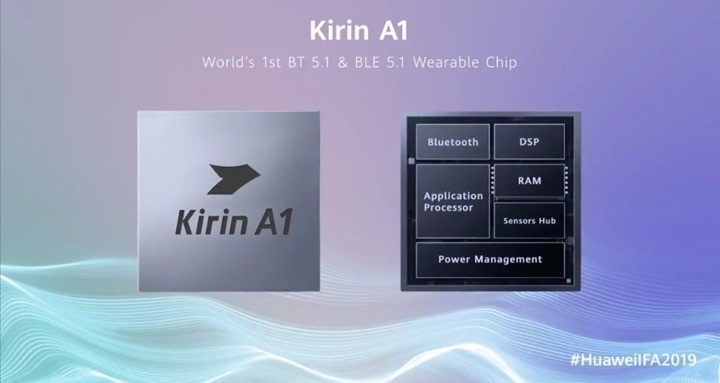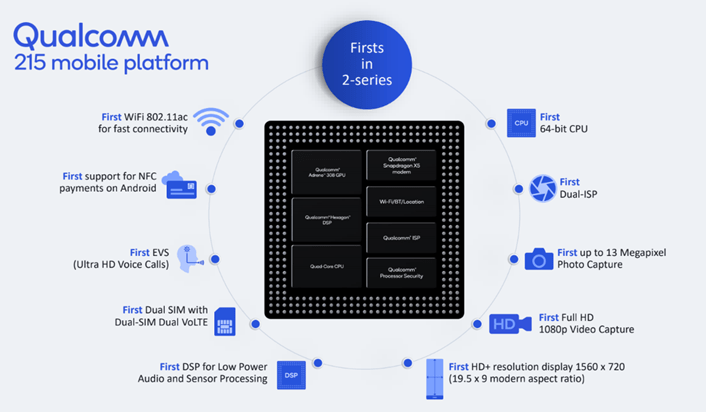Intel has just recently announced that the third generations of solid-state drives that are using 25 nm NAND flash memories are being released. Drives feature capacities that range from 40GB to 600GB, with lower capacities of 40GB, 80GB, 120GB and 160GB and higher capacities being 300GB and 600GB. The cheapest of the lot will be priced at around $89 and the largest and most expensive model will cost just a tad more than $1,000.

What to expect
Solid-state drives are considered more reliable and more durable than commonly available hard drive solutions that cost much less money. Outfitted with a three-year warranty, these SSD drives outperform any available drive on the market by miles. The interface that is being used is three gigabit per second SATA II and can produce up to almost forty thousand input and output operations per a single second. Random reads still produce a whopping twenty three thousand input and output operations per second, which is an unparalleled multitasking capability in the world of computing to date.
Intel, which is mostly know for their lines of processors for PCs and servers is not very widely known manufacturer of these innovative drives. While the prices may seem steep, this price is already about a third down from the previous generation. The technologies that have been implemented provide higher levels of data security, improved management of power failure, newly developed data redundancy features, which were not previously found on any storage drives up until now.
While it is not expected that end consumers purchase these high end drives for home use, many users with computers bearing sensitive and irreplaceable data will most definitely use an SSD drive rather than a commercial level one. High quality servers will most definitely store data on these drives, which are considered to finally make SCSI technology out-dated. The respectable name of Intel not only provides quality assurance, but it is a statistical fact that Intel’s SSD drives have the lowest return rate within the industry.
Sweetening up the deal are the utilities provided by Intel for SSD users free of charge, which can be deployed from within a Microsoft Windows operating system environment. It includes the Intel SSD Toolbox with the Intel SSD Optimizer. These are the market leading tools for optimization, diagnostics, and information, which can be used to maintain and secure the health of SSD drives. There is also another useful free utility, provided by Intel also free of charge and can be downloaded from their website, the Intel Data Migration Software. This software allows the user to migrate all data, including the operating system, to the SSD drive, no matter if the source drive was an SSD or HDD drive.
Overview
While it will be some time until SSD drives will become an option for the home user, most professional users that are concerned about data safety and integrity will most likely switch soon, if they have not done so already. The price policy that Intel employs, lowering the price for the new generation of SSD drives, will most surely entice many to consider an upgrade.
This is a guest post by Andy G and he blogs at Bravo Files, a website dedicated to Software and driver downloads. If you want to write a guest post, please use the form.







